Outer Space & Universe
Outer Space & Universe
Space, also known as outer space, is the near-vacuum between celestial bodies. It is where everything (all of the planets, stars, galaxies and other objects) is found.
On Earth, space begins at the Kármán line (100 km above sea level). This is where Earth's atmosphere is said to stop and outer space begins. This is not a firm boundary but is a convention used by scientists and diplomats.
Items in space are free to move back and forth; up and down; and left and right. These three dimensions are what make 3D space. Items also move forward through time, which is sometimes called the fourth dimension.
The majority of space contains very little matter and so most of it is a vacuum. Scientists do not know how big space is but we do know that space is extremely big, and is always expanding.
According to the big bang theory, all matter and energy in the Universe was compressed into a very small space. Then it exploded and started expanding. Space is still growing in size today; this means the distance from one galaxy to distant galaxies is getting longer.
Gravity is the force that keeps the Moon in orbit around the Earth and the planets in orbit around the Sun. Gravity can stretch and bend space similar to how a heavy ball placed on a stretched sheet of rubber will cause the rubber to stretch. The scientist who discovered that space can bend is named Albert Einstein. How gravity bends space is part of his theory of general relativity.
Astronauts, Cosmonauts, Taikonauts and Spationauts
An astronaut is any person who is trained by NASA to travel and perform tasks in space. Although the space traveler may not necessarily be a United States citizen, each astronaut does go through a rigorous training regiment by the National Aeronautics and Space Administration. Other space travelers go by other names then astronaut depending on their country of origin.
In the United States, astronaut is derived from the Greek words ástron (star) and nautis (sailor). While, in Russia, a space traveler goes by the name космонавт (English: cosmonaut), which is derived from the Greek words kosmos (universe) and nautis (sailor). Westerners call a space traveler from China a taikonaut, based on the 1998 writings of Chiew Lee Yik and Chen Lan where the term tàikōng (great emptiness), Chinese for “space”. In China, the term yuháng yuán (universe navigator) is used for space traveler.
Only the United States of America (United States), Russia (earlier, the Union of Soviet Socialist Republics), and the People’s Republic of China (China) have sent manned spacecraft into space. Other countries have assisted these countries by sending their own space travelers on space missions. For instance, a French space traveler is called a spationaut (from the French word spationaute), which is derived from the Latin spatium (space) and Greek nautis (sailor). (plural in Greek nautes = sailors)
-
05:47
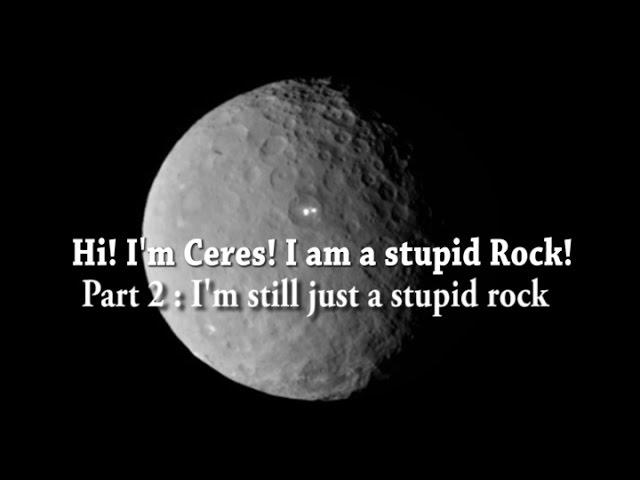
NASA's New planet CERES photos! Look like the old photos.
Added 900 Views / 0 LikesNASA's New planet CERES photos! Look like the old photos.
-
03:39
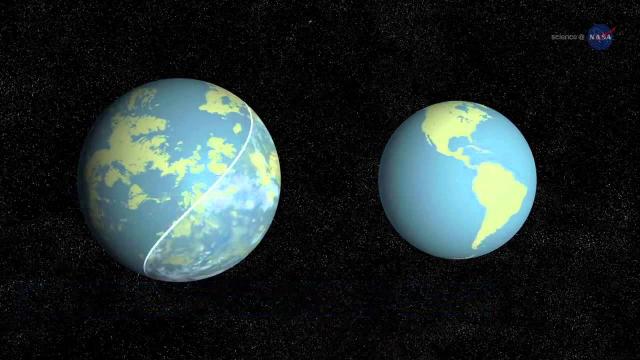
Earth's Cousin Find 'Whispers The Possibility That We Are Not Alone' | Video
Added 900 Views / 0 LikesEarth's Cousin Find 'Whispers The Possibility That We Are Not Alone' | Video
-
08:50
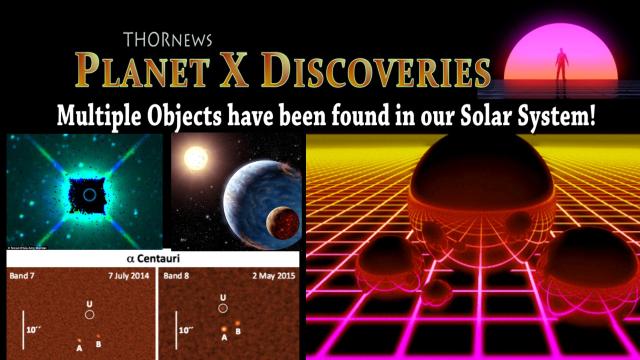
Planet X Discovered: Multiple Objects have been found in our Solar System by Multiple Astronomers
Added 900 Views / 0 LikesPlanet X Discovered: Multiple Objects have been found in our Solar System by Multiple Astronomers
-
00:49
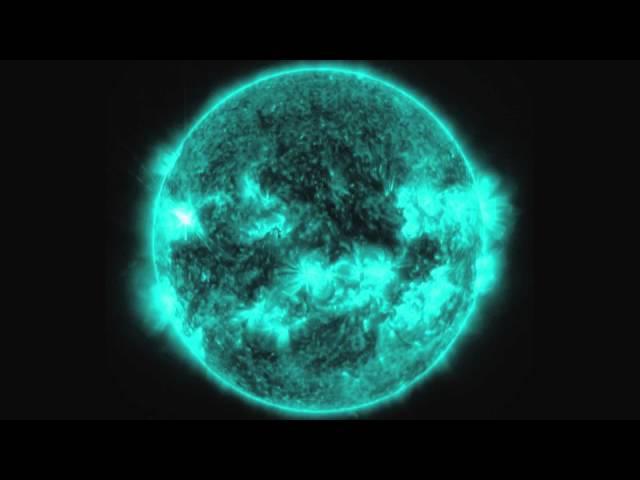
Strong Solar Flare Spits Fire, Snapped By Spacecraft | Video
Added 898 Views / 0 LikesStrong Solar Flare Spits Fire, Snapped By Spacecraft | Video
-
07:53
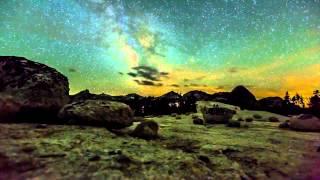
Stunning Stargazing In Yosemite National Park | Video
Added 898 Views / 0 LikesFar away from light pollution and high up in the Sierra Nevada mountain range, Yosemite National Park's stunning views of the night sky and majestic natural wonders attract astronomers, photographers and city dwellers from around the country.
-
00:29
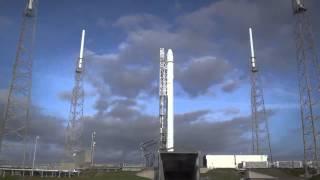
SpaceX Falcon 9 Rocket Sports Re-Usable Tech | Pre-Launch Time-Lapse Video
Added 898 Views / 0 LikesThe Falcon 9 rocket carrying a Dragon capsule bound for the Space Station, was lifted into its vertical position at its Cape Canaveral Air Force Station launch pad. Read more about re-usable tech: http://goo.gl/QUc4zC
-
02:26
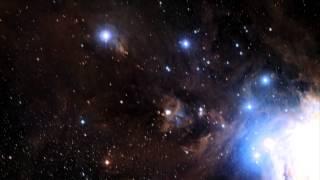
Orion Constellation's Blazing Dust Band Holds Stellar Nurseries | Video
Added 897 Views / 0 LikesAstronomers using the Atacama Pathfinder Experiment (APEX) in Chile have exposed light from cold interstellar dust grains that are invisible to the human eye. The bright object is the Orion Nebula (Messier 42), an region of active star formation.
-
01:46

How To Wash Your Hands In Space | Video
Added 897 Views / 0 LikesISS Commander Chris Hadfield shows us the fine points of manual digital hygiene in microgravity. A clean-handed astronaut is a happy astronaut. -- Life in Space: Astronaut Chris Hadfield's Video Guide: http://goo.gl/fdgcgU
-
01:58
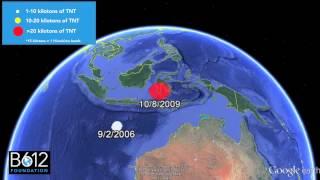
Asteroid Impacts on Earth More Powerful than Nuclear Bomb | Video
Added 897 Views / 0 LikesBetween 2000 and 2013, 26 explosions ranging from 1-600 kilotons have been detected by the Nuclear Test Ban Treaty Organization's network of sensors. -- FULL STORY: http://goo.gl/pKFcCq
-
01:07
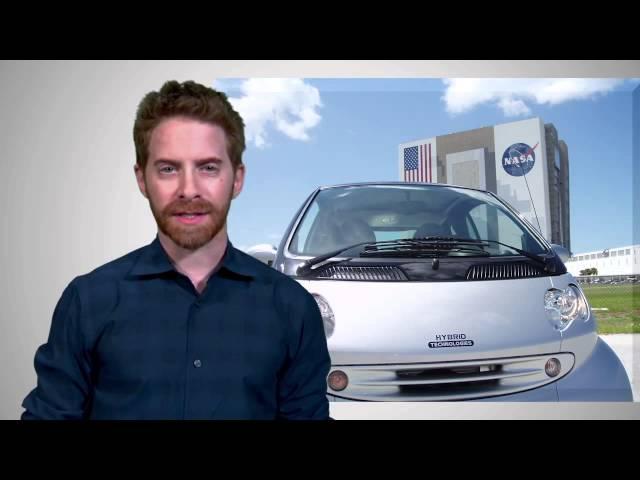
Actor Seth Green Touts NASA Spinoff Tech | Video
Added 897 Views / 0 LikesActor Seth Green Touts NASA Spinoff Tech | Video
-
02:42
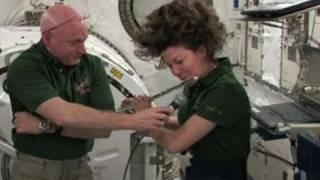
Astronaut Plays Flute on Space Station
Added 896 Views / 0 LikesFlight Engineer Cady Coleman demonstrates playing a flute on the International Space Station during an interview with National Public Radio's "All Things Considered." Credit: NASA/NPR
-
01:22
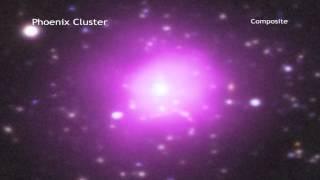
Star 'Resurrecting' Phoenix Cluster Astounds Astronomers | Video
Added 896 Views / 0 LikesLocated in the constellation of same name, the Phoenix Cluster has come back to life, bursting with new star formation. NASA's Chandra X-ray Observatory, the NSF's South Pole Telescope and others studied this huge celestial object.
-
01:36
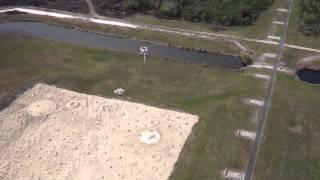
NASA's 9th Morpheus Lander -- Highest Flight Yet | Video
Added 896 Views / 0 LikesNASA JSC's prototype planetary lander made its fastest (~30 mph) and highest ascent (580 feet) on March 11, 2014. The flight lasted 83-seconds and it touched down on a landing pad 837 feet 'downrange' from the launchpad.
-
06:31
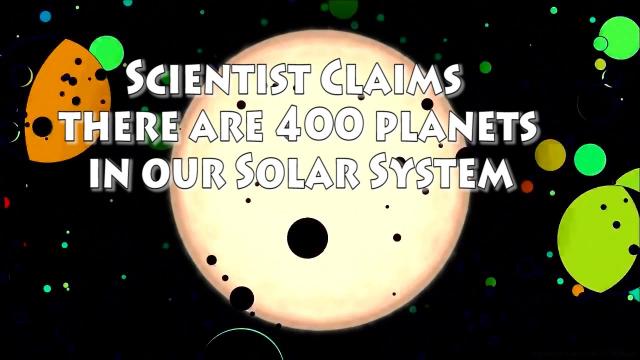
Scientist claims there are 400 planets in our Solar System - part 1
Added 896 Views / 0 LikesScientist claims there are 400 planets in our Solar System - part 1
-
01:24
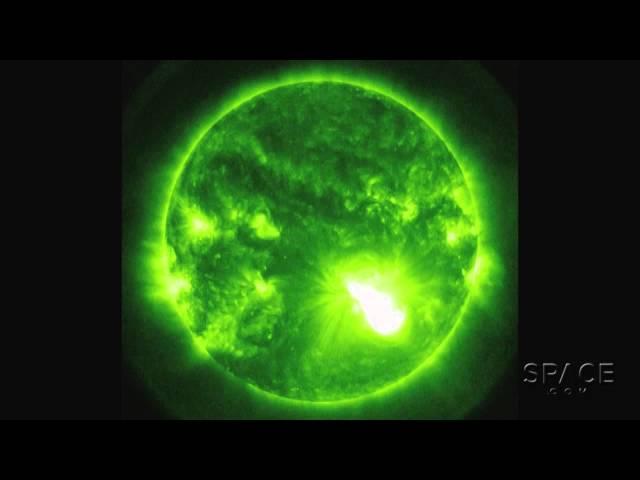
Massive Sunspot Blasts X3-Class Flare | Video
Added 895 Views / 0 LikesMassive Sunspot Blasts X3-Class Flare | Video
-
02:44
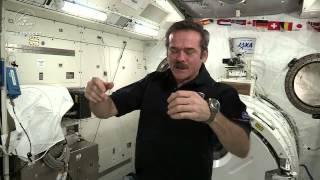
How Do You Sleep In Space? | Video
Added 894 Views / 0 LikesISS commander Chris Hadfield shows how astronauts catch their Z's in Space. -- Life in Space: Astronaut Chris Hadfield's Video Guide: http://goo.gl/fdgcgU
-
06:35
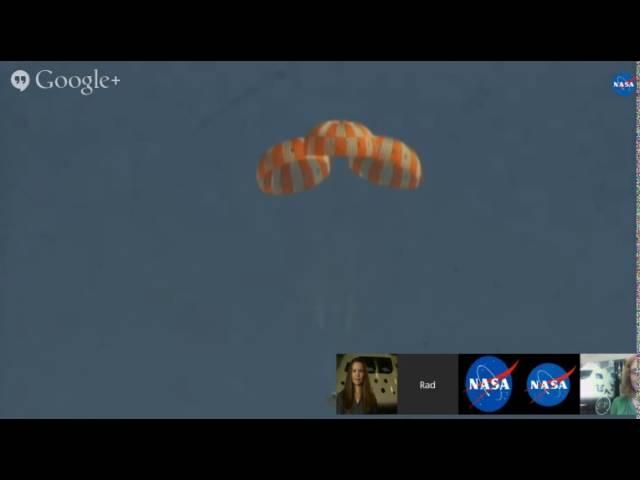
Orion Capsule Drop Test Captured In NASA Google Hangout | Video
Added 893 Views / 0 LikesOrion Capsule Drop Test Captured In NASA Google Hangout | Video
-
04:57
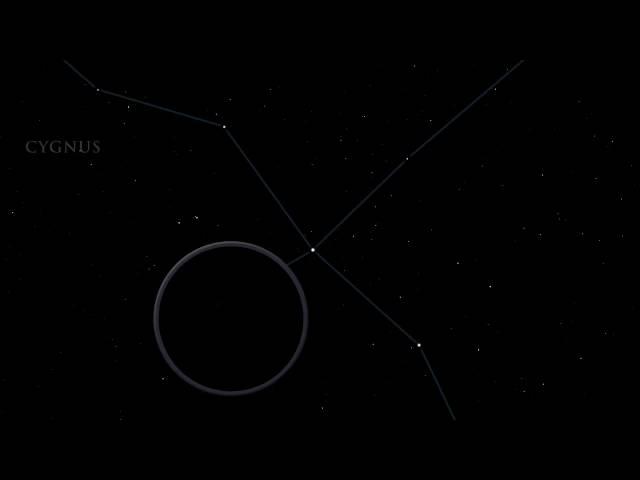
Cygnus and the Summer Triangle - August 2014 Constellation Skywatch | Video
Added 893 Views / 0 LikesCygnus and the Summer Triangle - August 2014 Constellation Skywatch | Video
-
05:43
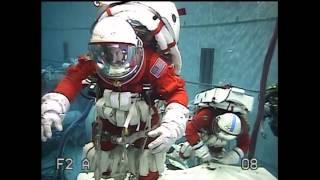
Upgraded Space Shuttle 'Pumpkin-Suit' Tested For Asteroid Mission EVA | Video
Added 892 Views / 0 LikesNASA is testing a next generation Modified Advanced Crew Escape Suit (MACES), formerly ACES, for possible use on extravehicular activities. Astronauts Stan Love and Steve Bowen, tested the suits underwater in the Neutral Buoyancy Lab.
-
03:18
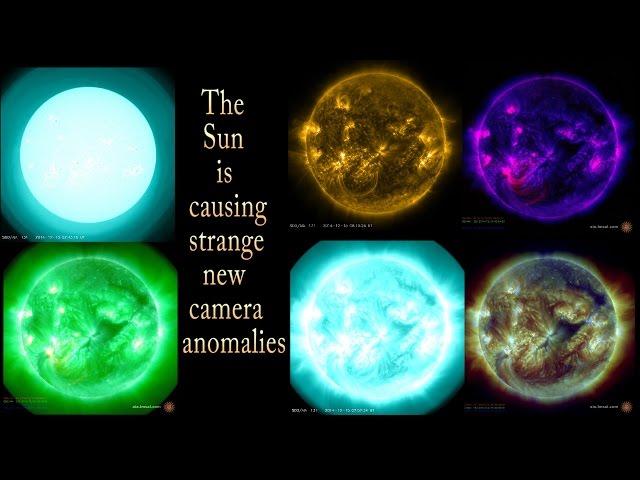
The Sun is causing strange NEW camera anomalies & a Sundiver comet
Added 892 Views / 0 LikesThe Sun is causing strange NEW camera anomalies & a Sundiver comet
